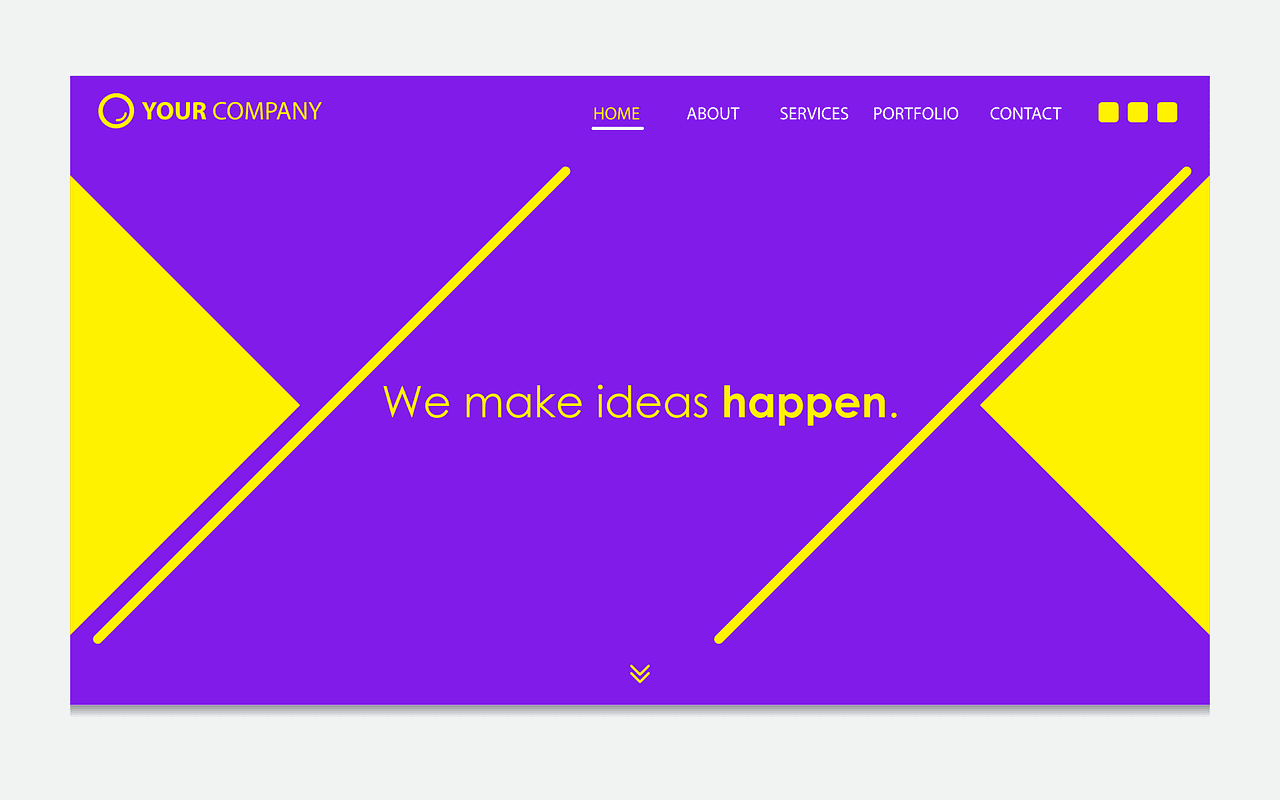The Ultimate Guide to Launching Your Landing Page

Creating a successful landing page is both an art and a science. In this comprehensive guide, we'll walk you through the essential steps to launch a high-converting landing page that drives results for your business.
1. Start with a Clear Goal
Before diving into design and copy, you need to establish what success looks like for your landing page. Are you collecting emails? Selling a product? Getting signups for a webinar? Your goal will influence every decision you make about your page's design, copy, and structure. Focus on one primary call-to-action (CTA) to avoid confusing visitors and diluting your conversion rate.
2. Know Your Audience
Understanding your target audience is crucial. Research their demographics, psychographics, pain points, and desired solutions. Use this information to craft messaging that resonates with their specific needs and motivations. Create user personas to guide your decision-making process and ensure your content speaks directly to your ideal customers.
3. Craft Compelling Copy
Your copy should follow the AIDA framework: Attention, Interest, Desire, and Action. Start with a powerful headline that addresses your audience's main pain point. Use subheadings to break up text and maintain interest. Focus on benefits rather than features, and include social proof through testimonials, reviews, or case studies.
4. Design for Conversion
Keep your design clean and focused on your conversion goal. Use contrasting colors for your CTA buttons, maintain plenty of white space, and ensure your page loads quickly. Make sure your form fields are simple and only ask for essential information. Use high-quality images that support your message and create visual hierarchy to guide visitors toward your CTA.
5. Test and Optimize
Launch your page with analytics tools in place to track key metrics like bounce rate, time on page, and conversion rate. A/B test different elements such as headlines, CTA buttons, and form fields. Use heat mapping tools to understand how visitors interact with your page and make data-driven improvements based on your findings.